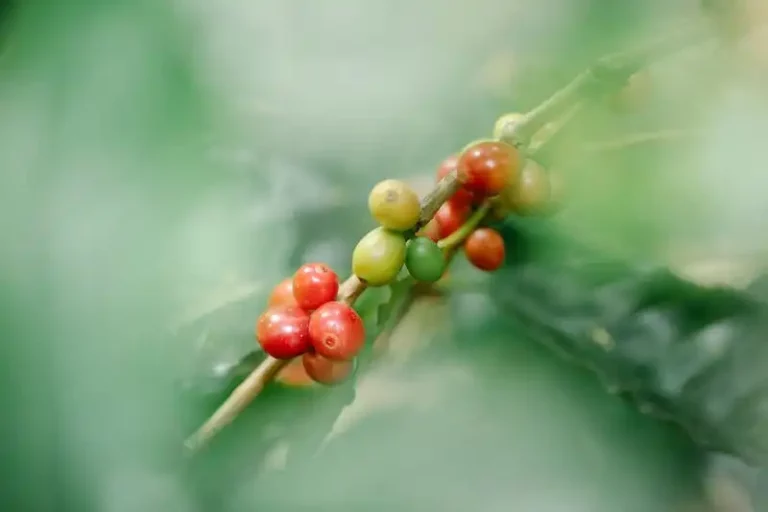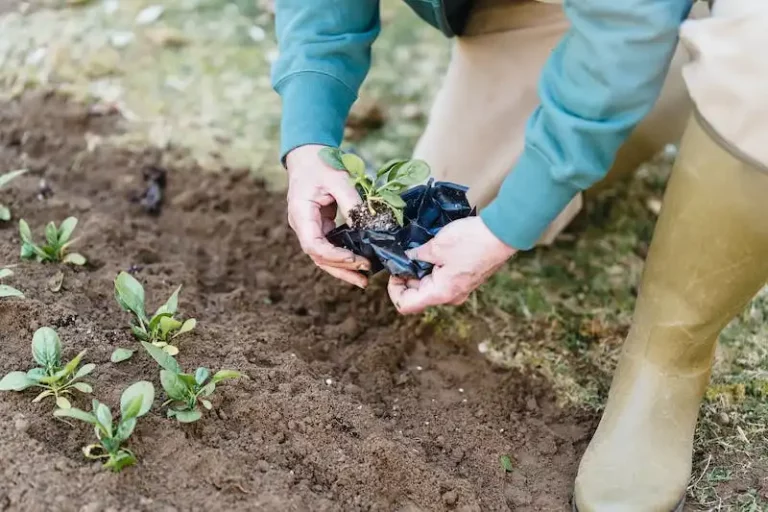Pruning trees is an important task that is commonly done to maintain their health and appearance. However, it is crucial to approach this process with caution, as improper pruning can harm the tree and even kill it. For this reason, hiring professionals for the job is highly recommended. These experts have the knowledge and skills to safely and effectively prune trees, ensuring their long-term growth and vitality.
When pruning trees, it is essential to know the proper techniques. Cutting off larger limbs or removing too much foliage can weaken the tree and leave it vulnerable to diseases and rotting. On the other hand, under-pruning can lead to overcrowding, hindering the tree’s growth and development. Properly pruning young trees helps shape them and promotes the growth of healthy tissue.
There are various reasons why trees may need pruning. Some trees may grow too close to a building, obstructing a view or becoming a safety hazard. Others may have damaged or weakly attached branches that need to be removed before they fall and cause harm. In some cases, pruning is done to encourage the growth of fruit or to create a topiary. Whatever the reason may be, it is important to follow a guide or seek advice from local arborists to ensure the proper methods are used.
In addition to the aesthetic benefits, proper pruning also helps improve the overall health of trees. Trimming away diseased or unwanted limbs reduces the risk of diseases spreading to other parts of the tree. It also allows for better air circulation and sunlight penetration, which can help prevent the growth of fungus and other harmful organisms. Pruning also helps maintain clearance around power lines and other structures, reducing the risk of damage during storms.
While there are general guidelines for pruning trees, it is important to consider the specific needs of each tree species and its growing environment. Some trees may require frequent pruning, while others may need trimming only every few years. It is also important to be mindful of the timing, as pruning during certain seasons or climates can be detrimental to the tree’s health.
When it comes to pruning trees, there are some “do’s” and “don’ts” to keep in mind. Do start by identifying the branches that need to be removed or trimmed. Don’t overdo it and remove more than 25% of the tree’s foliage at once. Do make sure to use the proper tools and techniques to minimize damage to the tree. Don’t hesitate to call in professionals if you are unsure about the pruning process or if the tree is mature and requires complex pruning.
In conclusion, pruning and maintaining trees is an essential part of caring for your garden and ensuring the safety of your property. By following the proper techniques and seeking professional help when needed, you can enjoy the many benefits of well-maintained trees for years to come.
Proper Pruning of Trees
Pruning trees is an important aspect of gardening, where trees are trimmed and cut to maintain their health and appearance. Proper pruning helps to remove any dead or damaged branches, improve air circulation within the canopy, and prevent the trees from growing too large and becoming a hazard.
When pruning trees, it’s crucial to know where and how to make the cuts. Start by identifying any weak or damaged branches that may break and cause harm to people or property. Trimming these branches helps to prevent accidents and keeps the trees healthy.
Before you start pruning, it’s important to learn about the different techniques and tools needed for the job. You may call a professional if you’re unsure about how to prune trees yourself, as improper trimming can cause open wounds on the tree’s surface and potentially lead to diseases or decay.
When pruning, always make clean cuts just outside the branch collar, which is the swollen area where the branch meets the tree trunk. This helps the tree heal more efficiently and reduces the risk of infection and rotting. Avoid overdoing the pruning, as removing too much of the tree’s canopy can hurt its growth and overall health.
If you have young trees, it’s important to establish a strong structure by pruning the lower branches and encouraging growth higher up. This also helps to maintain clearance for yourself, pedestrians, and street signs.
When pruning larger trees, such as fruit trees, be careful to remove any damaged or diseased limbs that could spread infections. Proper pruning encourages the growth of smaller, quality fruit and prevents branches from damaging nearby structures or wires.
After pruning, it’s important to clean up the area by removing all the cuttings and debris. This helps to prevent potential hazards and keeps your garden looking tidy. The removed branches can be chipped and used as mulch for other plants, leaving no waste behind.
If you have any questions about pruning, consult a local gardening expert or refer to a brochure that provides more information on proper tree care. Remember, proper pruning not only improves the appearance of your trees, but also maintains their health and keeps them safe.
Pruning and Maintaining Trees
When it comes to pruning and maintaining trees, there are several steps you can take to ensure the health and safety of your trees. However, there are also some “don’ts” that you should be aware of to avoid hurting your trees.
First and foremost, it’s important to know when to prune your trees. The ideal time to prune is during the dormant season, which is usually in late winter or early spring. Pruning during this time helps promote new growth and minimizes the risk of disease and decay.
Before you start pruning, make sure you have the right tools. A good set of bypass pruning shears, loppers, and a pruning saw are ideal for most tree trimming tasks. Larger trees may require a pole saw or even a chainsaw for more efficient pruning.
When it comes to the actual pruning process, it’s important to follow a step-by-step approach. Start by removing any large, damaged or diseased branches. These branches can be easily identified by their decay or wilt. Trim them back to the base of the tree or to a healthy lateral branch.
Next, remove any weak or crossing branches. These branches can create hazards and should be removed to encourage better air circulation within the tree canopy. Always make clean cuts, avoiding jagged or torn edges that can be an entry point for diseases.
After you’ve removed the problem branches, you can move on to shaping the tree. This includes removing any branches that are growing downward or towards the center of the tree. Instead, aim for an open and well-spaced canopy that allows sunlight and air to reach all parts of the tree.
When pruning, it’s important to remember not to remove more than 25% of the tree’s foliage in a single season. Removing too many branches can stress the tree and inhibit its ability to photosynthesize and produce energy.
After pruning, it’s a good idea to clean up the tree debris. Raking up leaves, twigs, and other cuttings helps prevent the spread of diseases and pests. You can also use the cut branches as mulch or compost them for use in your garden.
Finally, it’s always a good idea to consult local pruning guides and resources before you begin. Different climates and tree species may have specific pruning requirements, so it’s important to be well-informed. Additionally, if you’re not comfortable pruning or if the tree is too large or damaged, it’s best to hire a professional tree service.
By following these tips and steps, you can ensure that your trees remain healthy and beautiful for years to come.
Mulch
Mulch is a great way to improve the health of your garden by providing a protective layer above the soil. It helps to conserve moisture, prevent weed growth, and regulate soil temperature.
When mulching around trees, it is important to avoid piling the mulch too high against the trunk. This can create a moist environment that may promote rot and fungal diseases. Instead, maintain a gap of a few inches between the base of the tree trunk and the mulch.
There are many types of mulch to choose from, such as wood chips, bark, or compost. A high-quality organic mulch is ideal as it will slowly decompose and add nutrients back into the soil. However, be cautious not to mulch too thickly, especially around younger trees, as this can suffocate the roots and cause root rot.
When applying mulch, start by clearing any weeds or grass from around the base of the tree. Then spread a layer of mulch around the tree, extending out to the dripline. Avoid piling the mulch against the trunk, as mentioned above, as this can cause moisture build-up and damage the bark.
Mulch should be applied in a layer that is 2-4 inches thick, depending on the type of mulch and the needs of the tree. It is important to spread the mulch evenly and maintain a slight slope away from the trunk to prevent water from pooling.
Mulch can be applied at any time of year, but it is most beneficial when applied in late spring or early summer when the soil has warmed up. This will help conserve moisture during hot summer months and provide insulation during winter dormancy.
Using mulch is a simple and effective way to promote the health of your trees. By following these proper mulching techniques, you can help to prevent weed growth, reduce water loss, and improve the overall aesthetics of your garden.
Here are some do’s and don’ts for mulching around trees:
| Do’s | Dont’s |
|---|---|
| Do spread mulch evenly | Don’t pile mulch against the trunk |
| Do maintain a slight slope | Don’t mulch too thickly |
| Do clear weeds and grass before applying mulch | Don’t use mulch as clearance for tree trunks near streets |
| Do use a high-quality organic mulch | Don’t apply mulch directly against the bark |
| Do extend mulch out to the dripline | Don’t use mulch more than 4 inches thick |
By following these mulching tips and avoiding these common mistakes, you can provide your trees with the proper care and maintenance they need for optimal growth and health. If you are unsure of how to mulch your trees properly, it is always best to consult with a professional arborist who can guide you step-by-step.




